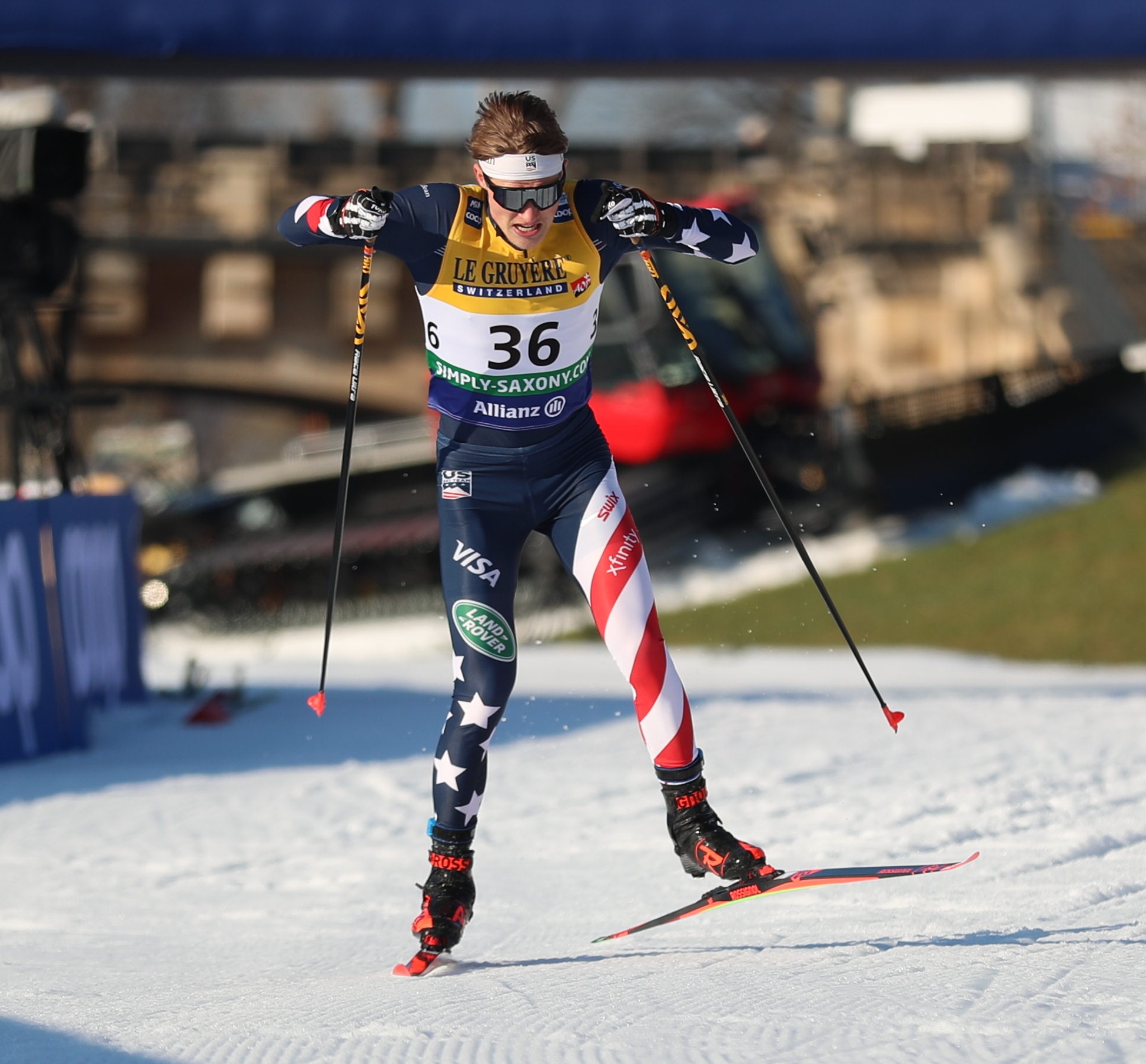2023 Nordic Skiing FIS Cross Country World Cup Recap
Last weekend, the nordic skiing world descended upon to the United States, particularly Minnesota, for one of the biggest nordic skiing events of the year.
The FIS Cross Country World Cup was hosted at Theodore Wirth Park in Minneapolis, Minnesota. Originally, this event was scheduled for March of 2020 but was postponed due to the pandemic.
The last time the circuit raced in the United States was in 2001, in Salt Lake City. This event took months of preparation and planning, notably in the snowmaking department.
So far this year, the Twin Cities have received less than a foot of natural snow, with temperatures fluctuating. Historically, this has been to the dismay of many professional skiers from Scandinavia and Central Europe who expect natural snow conditions.
Many in the World Cup admitted to having low expectations for the conditions. So far, in the past two seasons, man-made snow has become the new norm for ski venues.
At the conclusion of the weekend, plenty of the European contingent remarked on how well-maintained the course was.
But the trails were not Minneapolis’ highlight, rather, the crowd was. Ski fans from all across the Midwest and beyond attended the event. The city of Minneapolis was able to accommodate the crowds in an exceptional fashion.
Friday featured a 1.3 km skate sprint. This event includes a qualification, quarter-final, semi-final, and final. Swedish sprinter Jonna Sundling won the qualifier and every successive heat. Jessie Diggins, the hometown favorite, came in fourth behind a stacked podium.
Saturday featured the highlight of the year. Gus Schumacher, a 23-year-old from Alaska, won the individual start skate 10km.
Skiers start one at a time in increments to race each other and the clock. The time trial format can challenge a skier’s fitness and pace over a moderate distance. They must balance a steady foot on the gas and still have enough in the tank for the final kilometers, when every second counts.
Furthermore, skiers are ranked and seeded before-hand. The best seeds typically start later to receive ongoing splits of those who started earlier. Splits allow a racer to see where they stand at all stages of the race. Schumacher, who has struggled to break out of the 40s and 50s in recent years, finished well ahead of his seed group.
As more racers finished, notably Norway’s stellar contingent, Schumacher’s placing held. He recalls that he found another gear in the last kilometer as the crowds went wild. This was the first men’s World Cup win for an American since Simi Ham- ilton’s sprint in 2013. Our last men’s distance winner was Bill Koch, way back in 1983. Before skate skiing was even added to the World Cup, as American depth continues to grow in Nordic skiing, more of these days will come.



